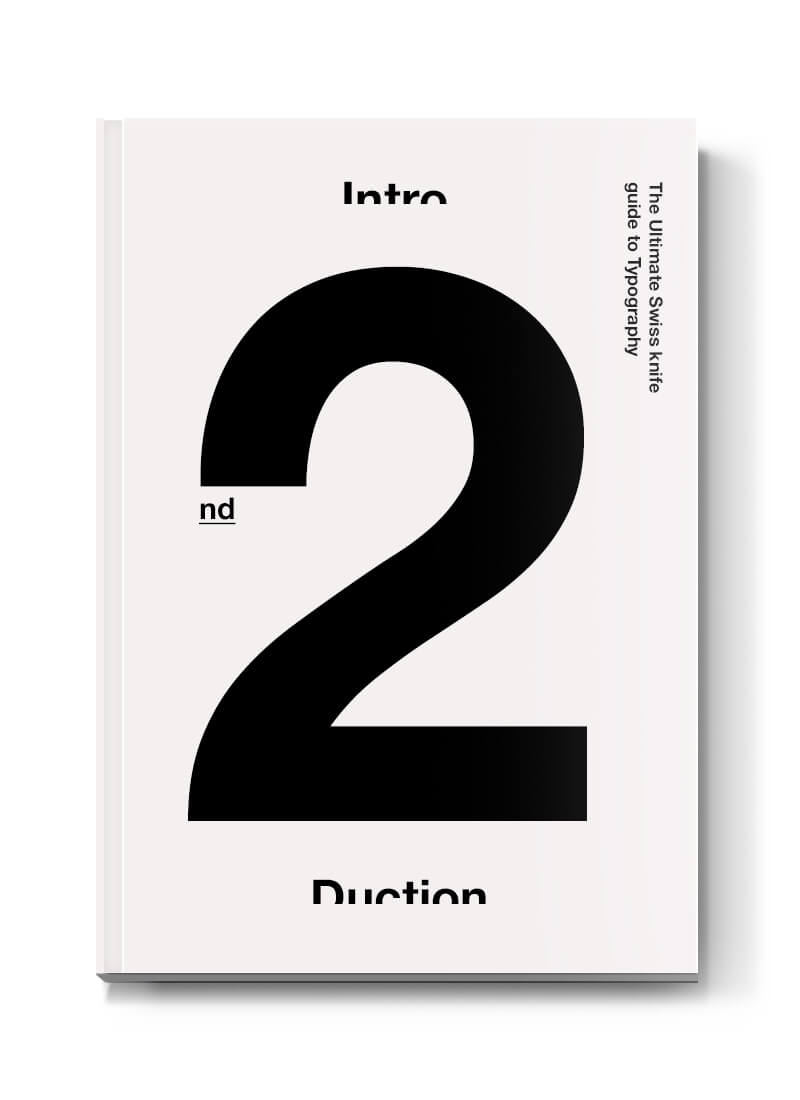Quinquagesima is one of the names used in the Western Church for the Sunday before Ash Wednesday. It is also called Quinquagesima Sunday, Quinquagesimae, Estomihi, Shrove Sunday, or the Sunday next before Lent.
Etymology
The name Quinquagesima originates from Latin quinquagesimus (fiftieth). This is in reference to the fifty days before Easter Day using inclusive counting which counts both Sundays (normal counting would count only one of these). Since the forty days of the Lent do not include Sundays, the first day of Lent, Ash Wednesday, succeeds Quinquagesima Sunday by only three days.
The name Estomihi is derived from the incipit or opening words of the Introit for the Sunday, Esto mihi in Deum protectorem, et in locum refugii, ut salvum me facias, («Be Thou unto me a God, a Protector, and a place of refuge, to save me») Psalms 31:3.[dead link]
Dates and significance
The earliest Quinquagesima Sunday can occur is February 1 and the latest is March 7.
Roman Catholic Church
In the Roman Catholic Church, the terms for this Sunday (and the two immediately before it — Sexagesima and Septuagesima Sundays) were eliminated in the reforms following the Second Vatican Council, and these Sundays are part of Ordinary Time.
According to the reformed Roman Rite Roman Catholic calendar, this Sunday is now known by its number within Ordinary Time — fourth through ninth, depending upon the date of Easter. The earlier form of the Roman Rite, with its references to Quinquagesima Sunday, and to the Sexagesima and Septuagesima Sundays, continues to be observed in some communities.
In traditional lectionaries, the Sunday concentrates on Luke 18:31–43, «Jesus took the twelve aside and said, ‘Lo, we go to Jerusalem, and everything written by the prophets about the Son of Man shall be fulfilled’ … The disciples, however, understood none of this,» which from verse 35 is followed by Luke’s version of Healing the blind near Jericho. The passage presages the themes of Lent and Holy Week.
Anglican Communion
This Sunday has different names in the two different calendars used in the Church of England: in the Book of Common Prayer calendar (1662) this Sunday is known as Quinquagesima, while in the Common Worship calendar (2000) it is known as the Sunday next before Lent. In this latter calendar it is part of the period of Ordinary Time that falls between the feasts of the Presentation of Christ in the Temple (the end of the Epiphany season) and Ash Wednesday.
Revised Common Lectionary
In the Revised Common Lectionary the Sunday before Lent is designated «Transfiguration Sunday», and the gospel reading is the story of the Transfiguration of Jesus from Matthew, Mark, or Luke. Some churches whose lectionaries derive from the RCL, e.g. the Church of England, use these readings but do not designate the Sunday «Transfiguration Sunday».
Eastern Orthodox Church
In the Eastern Orthodox Church, its equivalent, the Sunday before Great Lent, is called «Forgiveness Sunday», «Maslenitsa Sunday», or «Cheesefare Sunday». The latter name comes because this Sunday concludes Maslenitsa, the week in which butter and cheese may be eaten, which are prohibited during Great Lent. The former name derives from the fact that this Sunday is followed by a special Vespers called «Forgiveness Vespers» which opens Great Lent. On this day the Eastern Orthodox Church Christians at the liturgy listen to the Gospel speaking of forgiveness of sins, fasting, and the gathering of treasures in heaven. On this day, all Orthodox Christians ask each other for forgiveness to begin the Great Lent with a good heart, to focus on the spiritual life, to purify the heart from sin in confession, and to meet Easter – the day of the Resurrection of Jesus with a pure heart. This is the last day before Lent when non-lenten food is eaten.

